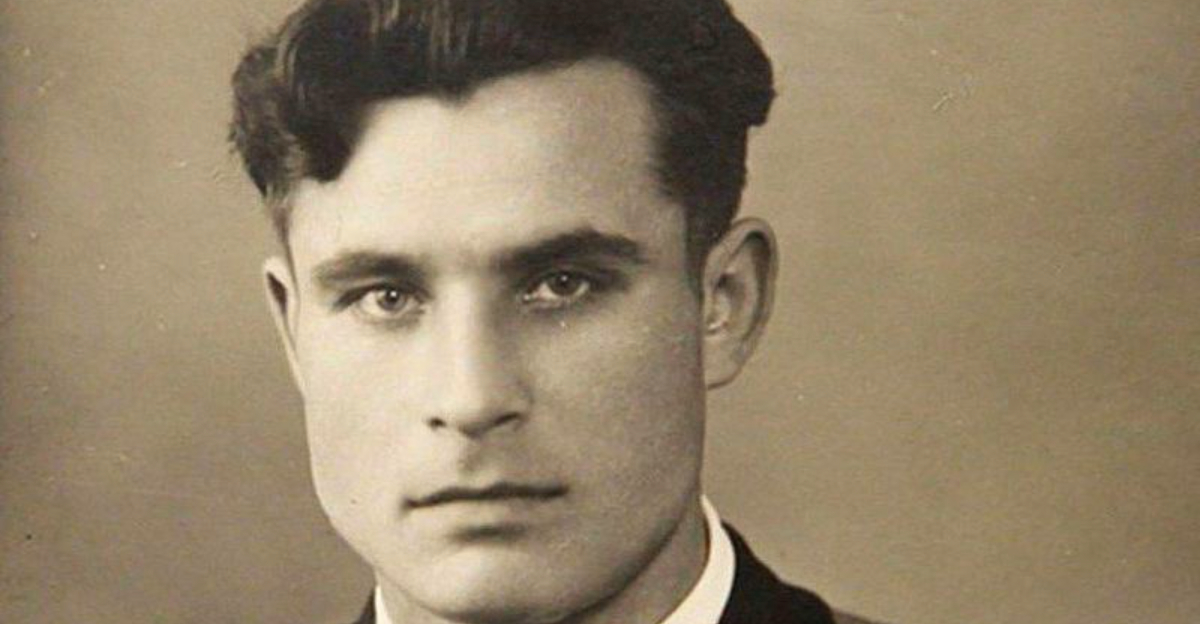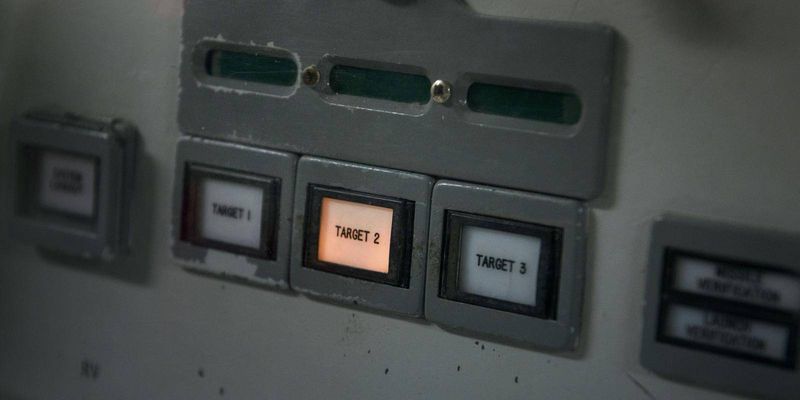On September 26, 1983, the world came within minutes of nuclear war—and most people never knew it happened. A Soviet officer named Stanislav Petrov sat in front of a computer screen that flashed red, warning that American missiles were heading toward the USSR. His choice in that terrifying moment—to trust his gut instead of the alarm—saved millions of lives and prevented what could have been the end of civilization as we know it.
The Moment the Sirens Howled
Lieutenant Colonel Stanislav Petrov was having what seemed like a regular night shift at the Serpukhov-15 bunker near Moscow. He monitored the Oko early-warning satellite system, watching for signs of enemy attack. Suddenly, alarms screamed through the room—the system reported that one U.S. intercontinental ballistic missile had launched toward the Soviet Union, then four more.
Soviet nuclear doctrine was crystal clear: if America attacked first, the USSR must fire back immediately before being destroyed. Yet Petrov paused. Something felt wrong about the warning.
He reasoned that a real American first strike would involve hundreds of missiles raining down at once, not just five. The satellite system was also fairly new and had shown glitches before. Making a split-second call that went against every protocol, Petrov reported the alarm as a system malfunction rather than an actual attack. His decision—based on instinct, training, and logic—stopped what could have been the deadliest chain reaction in human history.
Why the Warning Was False
What triggered the terrifying red alert? Sunlight bouncing off high-altitude clouds during the autumn equinox fooled the Oko satellite system into thinking it saw missiles launching. The satellites orbited in a special Molniya pattern, and their algorithms mistook the reflected light for the heat signature of rocket engines firing up.
Soviet ground-based radar stations, which should have confirmed incoming missiles traveling over the North Pole, detected absolutely nothing. This lack of corroboration strengthened Petrov’s suspicion that something was off with the satellite data. The technology was cutting-edge but far from perfect.
In hindsight, the incident exposed dangerous gaps in early-warning systems. A routine technical glitch—mis-calibrated software reading natural sunlight as nuclear fire—nearly triggered mutual assured destruction. Had Petrov followed the rulebook and reported an enemy attack, Soviet leaders might have launched thousands of warheads in retaliation. Minutes later, American radars would have detected Soviet missiles, prompting a U.S. counterstrike, and the world would have spiraled into nuclear winter.
Aftermath, Recognition & Legacy
After that harrowing night, Petrov faced intense debriefing sessions. Despite preventing catastrophe, he received no medals or public praise at the time. Soviet authorities kept the incident classified for years, unwilling to admit how close they had come to disaster.
The truth finally emerged in the 1990s when General Yuri Votintsev published his memoirs. Petrov himself later admitted he was never completely certain the warning was false—he simply trusted his gut feeling that the system was unreliable and the attack pattern made no sense. His decision rested on instinct as much as analysis.
International recognition eventually followed. In 2004, Petrov received the World Citizen Award for essentially saving the world by recognizing a false alarm. News outlets and historians began calling him the man who prevented World War III. When he passed away in 2017 at age 77, his quiet legacy lived on: proof that human judgment can triumph over rigid protocols and faulty machines when the stakes couldn’t be higher.
Why This Near-Miss Still Matters Today
Petrov’s story is more than Cold War history—it’s a wake-up call about how fragile our safety really is. In 1983, the U.S. and Soviet Union together held tens of thousands of nuclear warheads, enough to obliterate civilization many times over. Experts estimate a full Soviet strike could have killed over a hundred million people in hours, not counting the long-term climate collapse and worldwide famine that would follow.
One man’s refusal to blindly follow orders prevented that nightmare. His “no” reminds us that technology, no matter how advanced, can fail—and when it does, human conscience and critical thinking become our last line of defense.
Today, nuclear arsenals remain vast, and new automated launch systems raise fresh concerns. Geopolitical tensions flare in different regions, and the risk of miscalculation persists. Petrov’s legacy teaches us that behind every button, screen, and protocol, we need people willing to question, think, and choose wisely—because sometimes the fate of the world rests on a single decision made in seconds.








